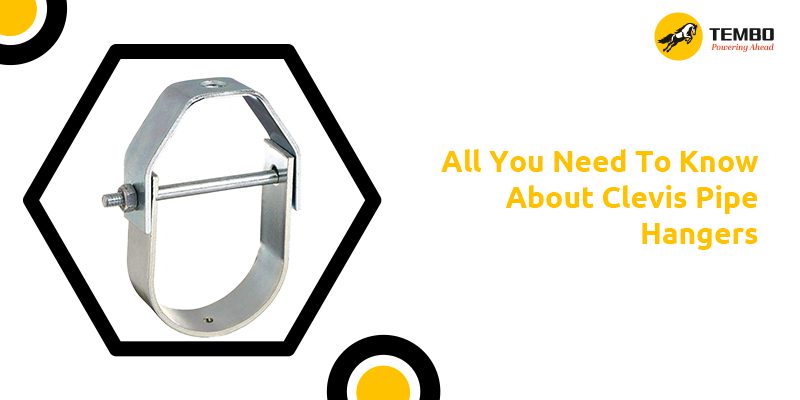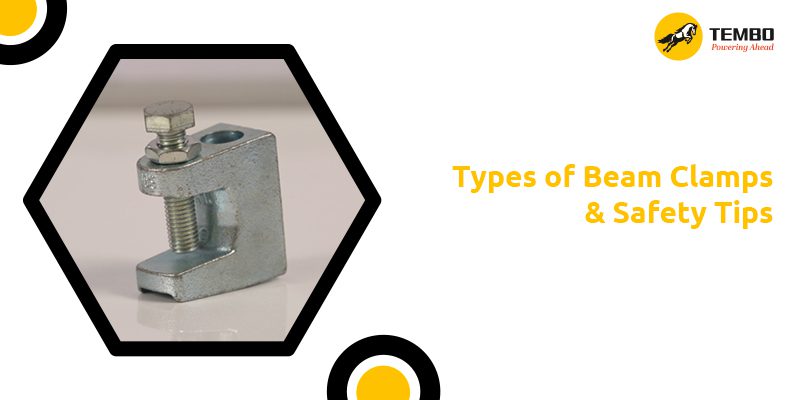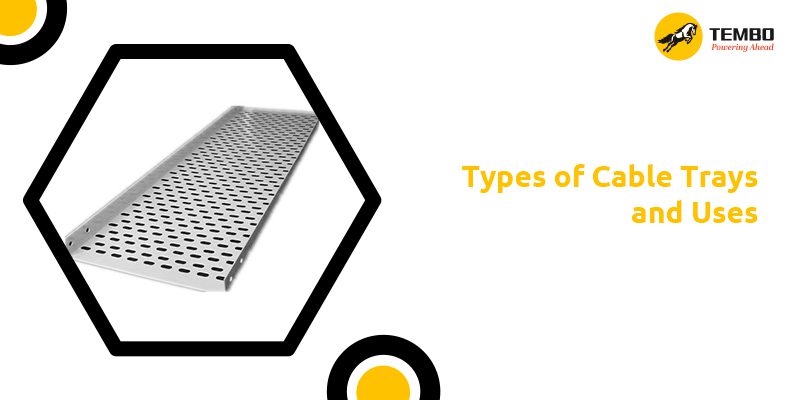Pipe hangers are usually used to give support to the hanging pipes of a pipe system. Most of the problems are faced while setting up a heavy pipe system in an area with limited space. The best solution for this problem is to use pipe hangers to support the piping system. There are various types of pipe hangers which include band hangers, clevis hangers, spring hangers, and roller hangers. Among all of them, clevis hangers are most effective as they properly support the pipe system to avoid breakage.
Clevis Hanger
A clevis hanger has a swivel yoke at the top supported by an adjustable vertical rod. It has two clevises, one V-shaped and the other U-shaped. The V-shaped clevis is attached to the ceiling and the U-shaped clevis is used to hold the pipe securely in its place. When heavy pipe systems are to be fixed, they need extra support but at the same time, they do not have extra space. In such a case, Clevis hangers are used to give proper support. The low price and strength of the hangers make it best suitable for big projects.
When to Use Clevis Hanger?
Although Clevis hangers are used to provide support to slopping pipes, they can also be used for a DIY project that requires extra support. The first thing to keep in mind while selecting a pipe hanger is to select the appropriate size of hangers for the pipe system. Choose the size that corresponds to the outer diameter of the pipe. When deciding the number of hangers, keep the general rule in mind that is one hanger every two feet for small pipes and one hanger every foot of the longer pipes. You can use more or fewer hangers based on the need for a specific project.
The next thing is to select the metal rods for hanger installation. While choosing the rod, keep in mind the size of the hanger. Choose a rod that can easily fit in the hole of the U-shaped clevis of the hanger. Also, consider the space between the pipe and ceiling while choosing metal rods. To properly lock the hangers, choose two appropriately sized nuts per rod.
The final step is to install the clevis pipe hanger into the system using available materials. Make use of an electric drill machine to install the hangers. The hangers prevent the horizontal movement of the pipes but most of the hangers allow some vertical movement without removing the pipe. To alter the vertical placement, simply adjust the bolts around the V-shaped clevis. For sloped surfaces, clevis hangers are suitable as it allows adjusting the vertical placement of hangers.
With such benefits and uses, the clevis pipe hanger is suitable for heavy and big pipe systems. It’s better to select the hanger based on the pipe system. Make sure to use hangers that can give the best support to the pipe systems.










